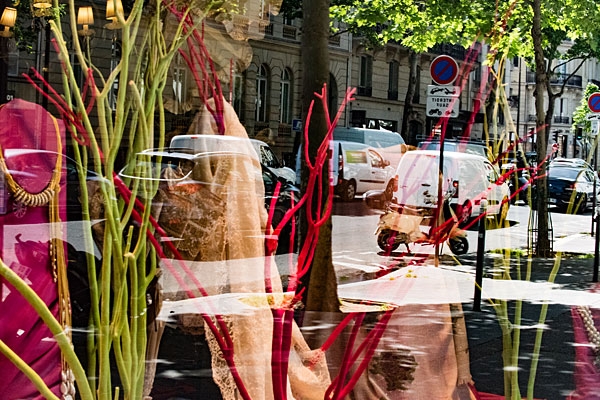| Columns Retired Columns & Blogs |
Great parallels between photography and audio.
Hi rez, low rez, analog/digital, dynamic range, subjective/objective issues, etc.
I think audio has to bear the burden of trying to 'recreate the original event' to a much grater degree than visual stuff. We have an impossible task!












































